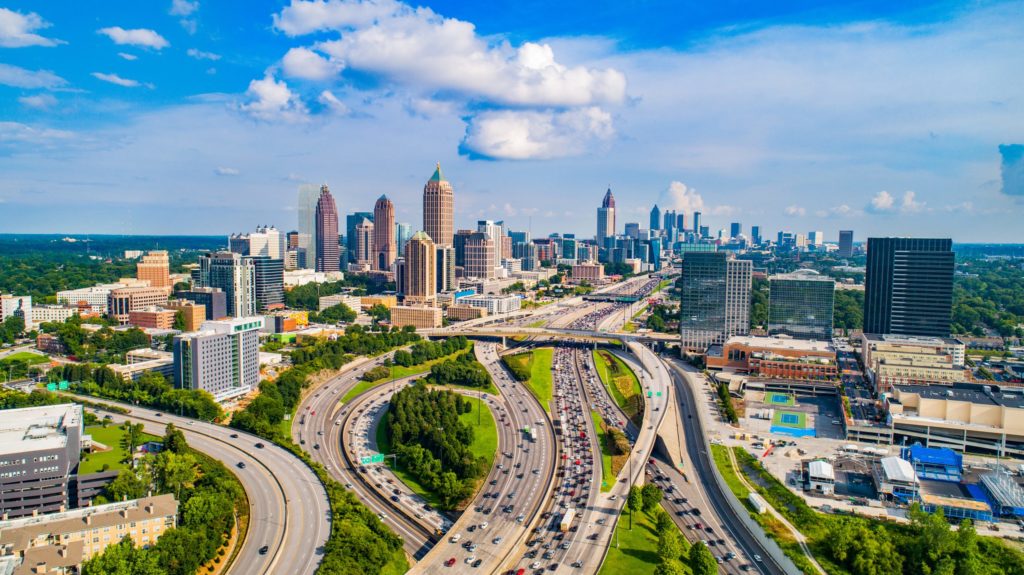Car Ban: Yet another gaseous proposal
California Assemblyman Phil Ting managed to get some positive coverage in newspapers across the state and in major news publications across the country last week. That was quite a feat for the little-known San Francisco Democrat — someone whose previous claim-to-fame was his disastrous 2011 run for mayor in which he (and taxpayers, given the city’s publicly funded campaign system) spent an astounding $510 per vote only to finish 12th.
Ting announced plans to next year introduce a bill that would outlaw the sale of cars powered by internal-combustion engines after 2040. It doesn’t appear to be his idea, actually. He was following the lead of Mary Nichols, head of the ham-fisted California Air Resources Board. “I’ve gotten messages from the governor asking, ‘Why haven’t we done something already?’” she told Bloomberg News, referring to China’s announced plan to put the kibosh on such vehicles.
I thought CARB was nuts after reporting about a 2013 plan to buy electric cars for poor people as a means to battle global warming and clean the air, but the latest proposal steps up the insanity. “Embracing such a policy would send shockwaves through the global car industry due to the heft of California’s auto market,” the Bloomberg article explained.
Such concerns are valid, but I’m guessing automakers aren’t panicking. The automotive market is evolving rapidly. I recently sold my lovely 1988 Lincoln Town Car, with the vinyl roof, giant chrome grille and belching 4.6 liter V8 engine that made a piddling 150 horsepower. Steering it was reminiscent of maneuvering a boat. By contrast, look at today’s hybrids, plug-in hybrids, electric cars, fuel cells and sophisticated four cylinders that double the ancient-seeming Lincoln’s power and mpg’s. In 23 years, we’ll probably get around in an autonomous vehicle.
This announcement fits the pattern we see from Sacramento Democrats all the time. It is grandiose, but filled with wiggle room. The proposed radical change is far enough in the future that no one has to worry about implementing it. Ting will be (mercifully) termed out of the Legislature and probably retired by then. But it’s radical enough to garner publicity and make advocates feel as if they are true visionaries who are saving the Earth.
California’s leaders are addicted to the moral superiority they get from “leading the way.” In this case, they are following in the footsteps of authoritarian China (as well as India and France), but it still lets them lecture the rubes in the rest of the country. “California is used to being first,” Ting told the Sacramento Bee. “But we’re trying to catch up to this.” In this one-party state, voters won’t ever punish officials for being the first ones to drive over the cliff.
The proposal also shows the leadership’s commitment to command-and-control “solutions” to every problem. Ting admits “the market is moving this way.” To those of us who understand and value markets, that would be a good reason to let companies respond to the public’s understandable desire to drive cleaner automobiles that require less, or no, gasoline. To California’s deluded leaders, however, government is the source of innovation and wealth.
The announcement also epitomizes the way policymakers here constantly make life more difficult for the lower-income people about whom they claim to care. California has the highest poverty rates in the nation, which hold steady above 20 percent using the U.S. Census Bureau’s cost-of-living-adjusted model. “Worried about poor people getting even poorer?” asks Sacramento Bee columnist Erika Smith. “Worried about pushing more people to move to other, cheaper states? Just wait until owning a Tesla is a requirement?”
It’s yet another reminder of how the state’s oddball progressive leadership is constantly at war with the poor. Its environmental policies drive up the cost of everything from food to housing, and its transportation policies keep making it costlier for people to get around, which is a necessity when you have to live 60 miles from your job because land-use rules result in median home prices that would buy one a mansion in a normal state.
A Wired article lauds the proposed car ban as part of a “big, buzzy trend sweeping the planet” that’s “a nice idea, maybe even a world-saving one.” What about concerns about the poor? The article acknowledges the problems for the “most vulnerable citizens.” But it has an answer: “That means investment in public transportation. A lot of it.” Unless CARB finds the tax money to buy electric cars for the poor, it can point them toward the bus route. How egalitarian!
Never mind, also, that the proposal undermines other priorities. Lawmakers recently imposed a massive tax increase on each gallon of gasoline as a means to fund improvements to the state’s increasingly decrepit infrastructure. One of the stated reasons for the hike is that higher-efficiency vehicles are reducing the money that flows to the California Department of Transportation.
Getting rid of gasoline- and diesel-powered vehicles will accelerate that road-funding death spiral. Then again, lawmakers are amazingly creative when it comes to finding new ways to tax us to make up the difference when any particular form of tax revenue dries up.
There also are unknown consequences. MarketWatch notes the environmental costs of switching to electric vehicles and fuel cells “are still largely unknown” and fears that we could find that, say, “mining for rare earths metals to fuel battery demand” could cause “too much environmental damage.” But we’ll deal with that decades from now, if it happens.
In the short term, however, we shouldn’t worry that Big Brother is going to kill the Hemi-powered pickup. Car manufacturers will continue to innovate and offer new electric and hybrid models. In 23 years, the transportation world will look far different from anything any politician envisions today. By then, a new crop of lawmakers will be on to another crisis and another ban. Basically, Ting’s idea is just more of the same old headline-seeking nonsense.
Image by Namthip Muanthongthae







